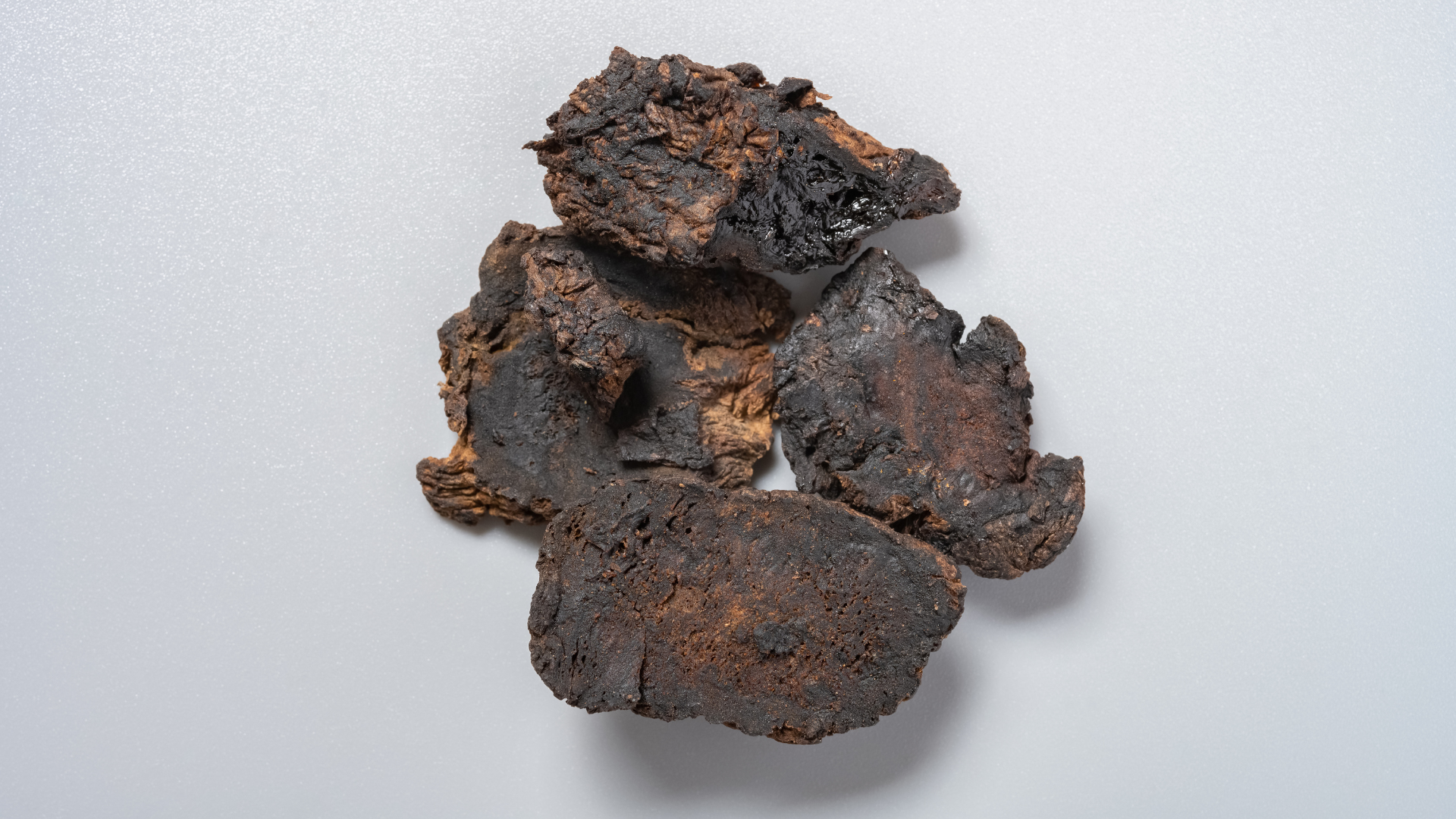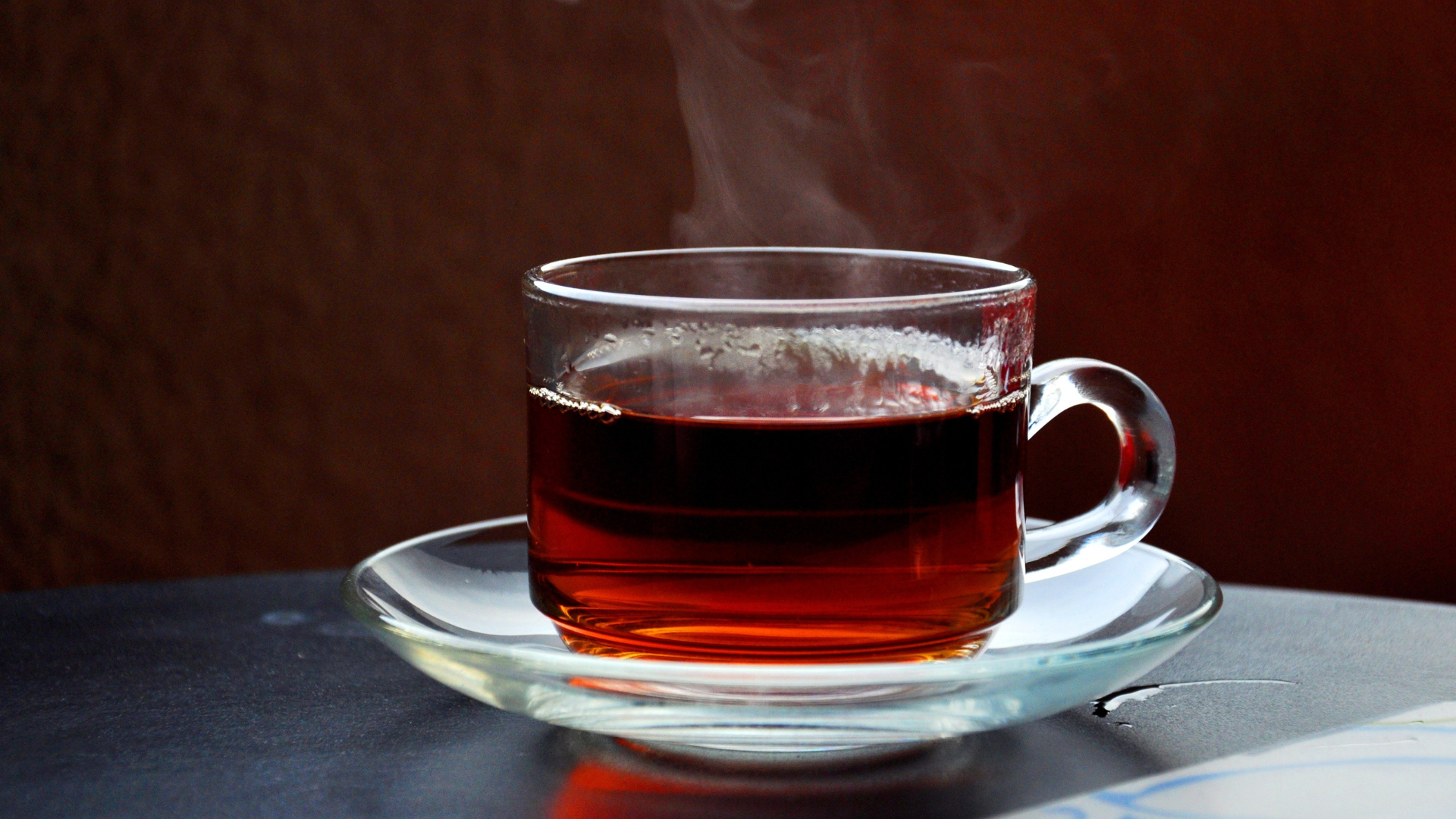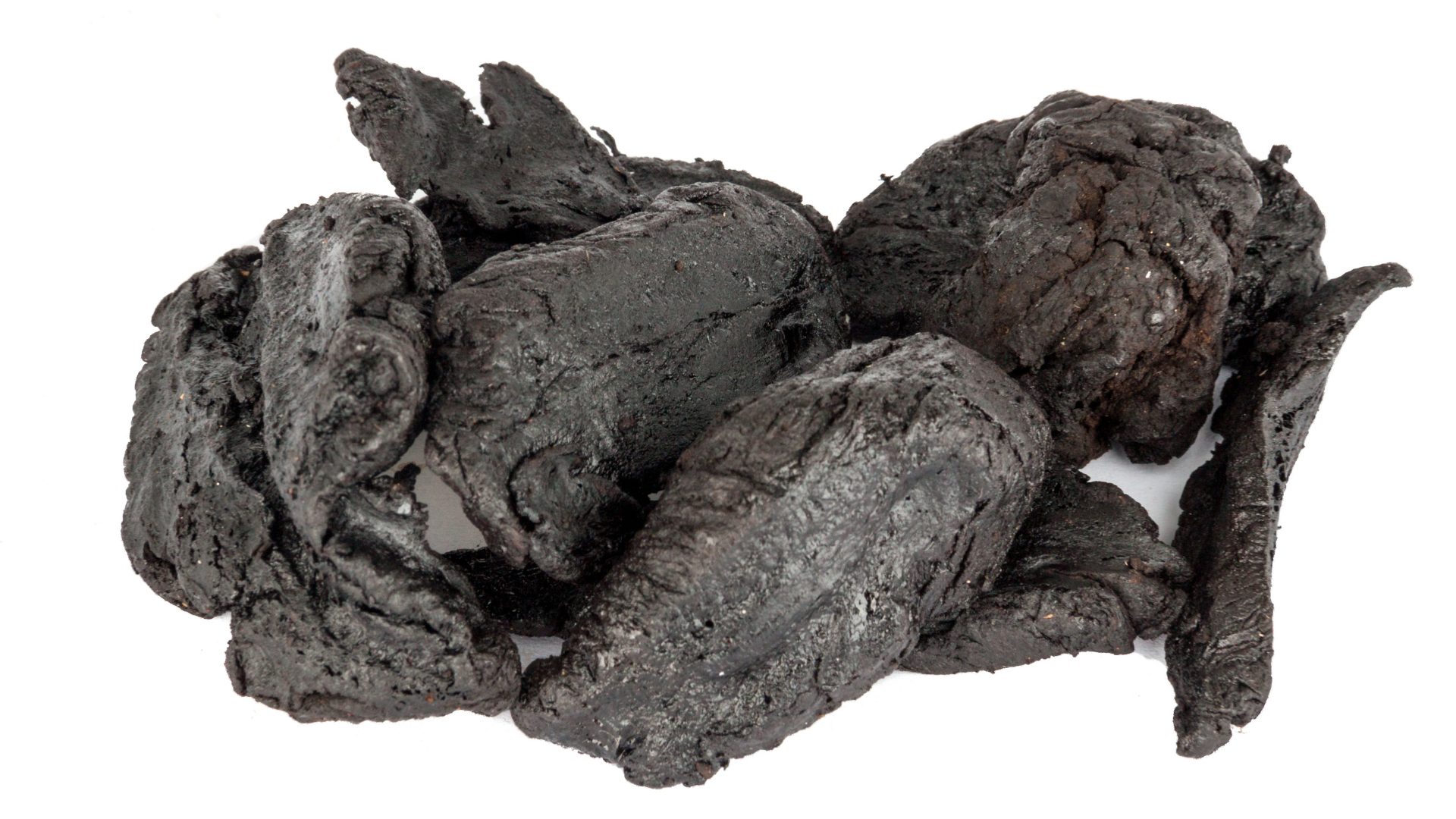Rehmannia, known in Traditional Chinese Medicine (TCM) as Di Huang (地黄), is a highly valued herb with a long history of use. Employed in both its raw form (生地黄, Sheng Di Huang) and its processed form (熟地黄, Shu Di Huang), this herb is renowned for its role in nourishing Yin and tonifying the kidneys. This article explores the history, geographic origin, and medicinal benefits of both raw and processed Rehmannia.
What is Rehmannia?
Rehmannia is a perennial herb native to East Asia, primarily used for its therapeutic root. In TCM, its two primary forms are:
- Raw Rehmannia (生地黄, Sheng Di Huang): Harvested without processing, it is typically used for its cooling and detoxifying properties.
- Processed Rehmannia (熟地黄, Shu Di Huang): Prepared through steaming or simmering with alcohol, this form is sweeter and more nourishing, used to tonify the Yin and strengthen kidney function.
History and Origin
Historical Background
- Ancient Use: Documented in classical TCM texts for over 2,500 years, Rehmannia has been integral in herbal formulas such as Liu Wei Di Huang Wan (六味地黄丸), a well-known tonic for kidney Yin deficiency.
Geographic Origin
- Native Regions: Rehmannia is predominantly grown in northern China, where favorable soil and climate conditions allow for optimal cultivation.
- Cultural Significance: Over centuries, Rehmannia has become synonymous with longevity and balance, reflecting TCM’s emphasis on harmony between Yin (阴) and Yang (阳).

Raw Rehmannia (生地黄, Sheng Di Huang): Characteristics and Medicinal Value
Characteristics of Raw Rehmannia
- Appearance: The raw root of Rehmannia is light brown to tan.
- Taste and Energetics: Known for its slight bitterness and cooling nature, raw Rehmannia is used to clear excess heat and toxins from the body.
Medicinal Benefits of Raw Rehmannia
- Clearing Heat and Detoxification: Raw Rehmannia helps alleviate conditions associated with internal heat and inflammation.
- Balancing Fluids: It aids in regulating bodily fluids, supporting overall fluid balance.
- Metabolic Regulation: Preliminary studies suggest potential benefits in modulating blood sugar levels.
Processed Rehmannia (熟地黄, Shu Di Huang): Preparation, Benefits, and Differences
How is Rehmannia Processed?
- Processing Technique: Processed Rehmannia, or Shu Di Huang, is created by steaming the raw root—often with rice wine—to reduce bitterness and enhance its nourishing qualities.
- Traditional Rationale: This method transforms the herb’s nature from cooling to warming, making it more effective in tonifying Yin and supporting kidney health.
Medicinal Benefits of Processed Rehmannia
- Nourishing Yin and Tonifying the Kidney: Shu Di Huang is particularly prized for restoring kidney Yin, vital for overall vitality and balance.
- Enhancing Blood Circulation: It supports improved blood flow and the production of body fluids, which can alleviate chronic dryness and fatigue.
- Anti-Aging Properties: Its ability to support hormonal balance and strengthen bodily functions contributes to its reputation as an anti-aging herb.
Comparing Raw and Processed Forms
- Energetic Differences: Raw Rehmannia is cooling and detoxifying, while processed Rehmannia is warming and tonifying.
- Clinical Applications: The choice between the two depends on the patient’s condition—raw is favored for excess heat conditions, whereas processed is used to address Yin deficiency and kidney support.
Rehmannia in Traditional Chinese Medicine
In TCM, balancing Yin and Yang is essential for health. Rehmannia, in both its raw and processed forms, is used to:
- Restore Harmony: By clearing heat (using Sheng Di Huang) or nourishing Yin (using Shu Di Huang), Rehmannia helps restore the body’s balance.
- Support Vital Organs: It is particularly important for kidney health, which plays a central role in TCM’s understanding of vitality and longevity.
- Enhance Herbal Formulas: Often combined with other herbs, Rehmannia enhances the efficacy of traditional formulas tailored to individual needs.
Explore TCM herbs, supplements, natural and organic herbal remedies, and products here: https://www.iherb.com?rcode=CCQ2380
Conclusion
Rehmannia is a cornerstone of Traditional Chinese Medicine, with a history that spans millennia. Whether in its raw form for its cooling, detoxifying effects or its processed form for nourishing Yin and tonifying the kidneys, Rehmannia offers a holistic approach to healing and balance. Understanding the differences between these forms allows practitioners and patients alike to harness its full therapeutic potential in the quest for long-term health and vitality.
- For more insights on herbal medicine and TCM solutions, subscribe to our newsletter and explore related articles on diabetes, herbal tonics, and holistic wellness.

Easy Herbal Remedy: Rehmannia Tea
In a pot, bring 2 cups of water to a boil. Rinse 5g of Processed Rehmannia root (Shu Di Huang) and add to the pot. (Optional, add 5g of Ginseng or 5g of Astragalus). Simmer for 30 minutes. Enjoy the tea warm. Drink it regularly as part of a balanced diabetes management plan.
“This simple Rehmannia Tea is a gentle and natural way to support your health, especially if you’re managing diabetes or looking to nourish your Kidney and Yin energy. Enjoy!”

